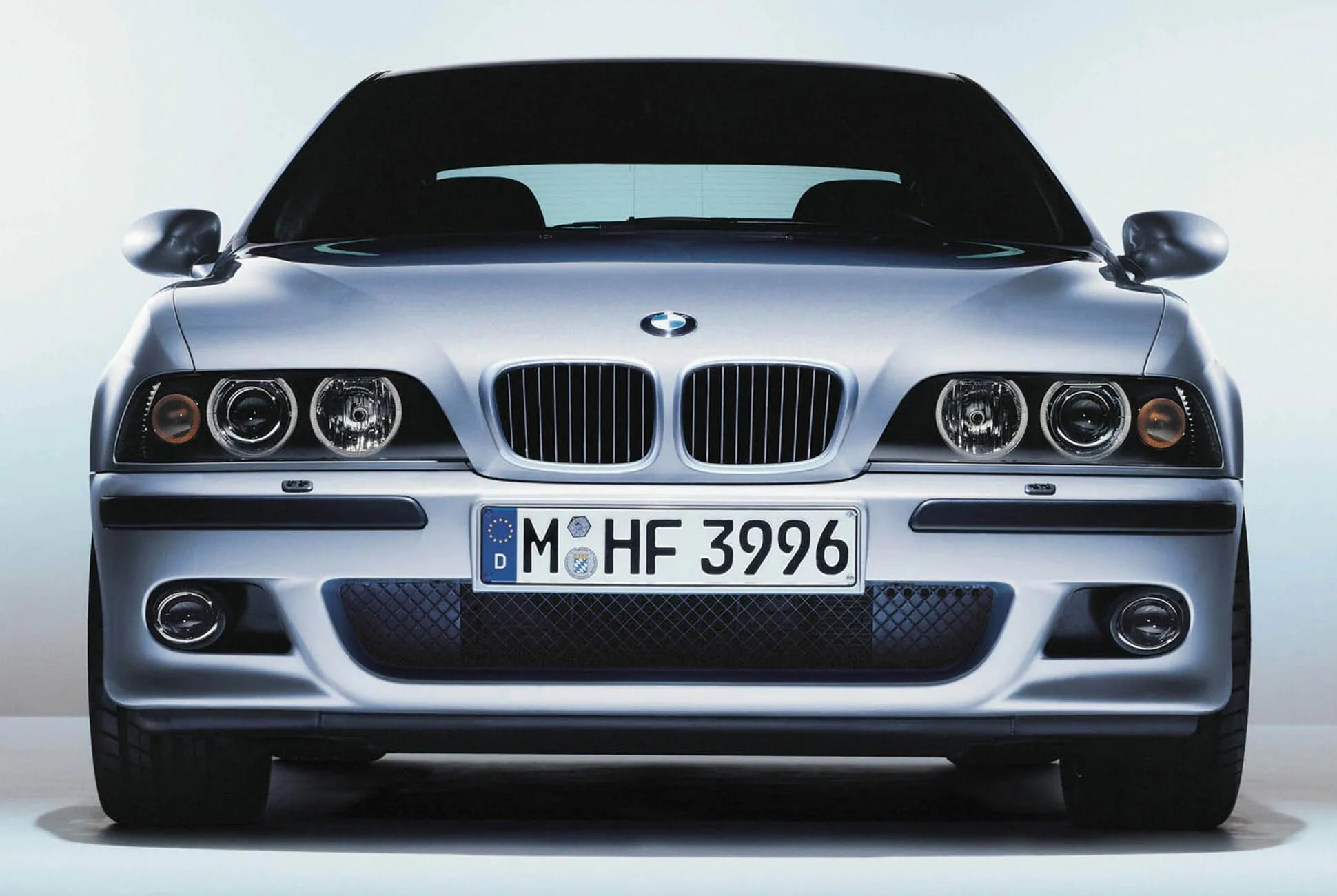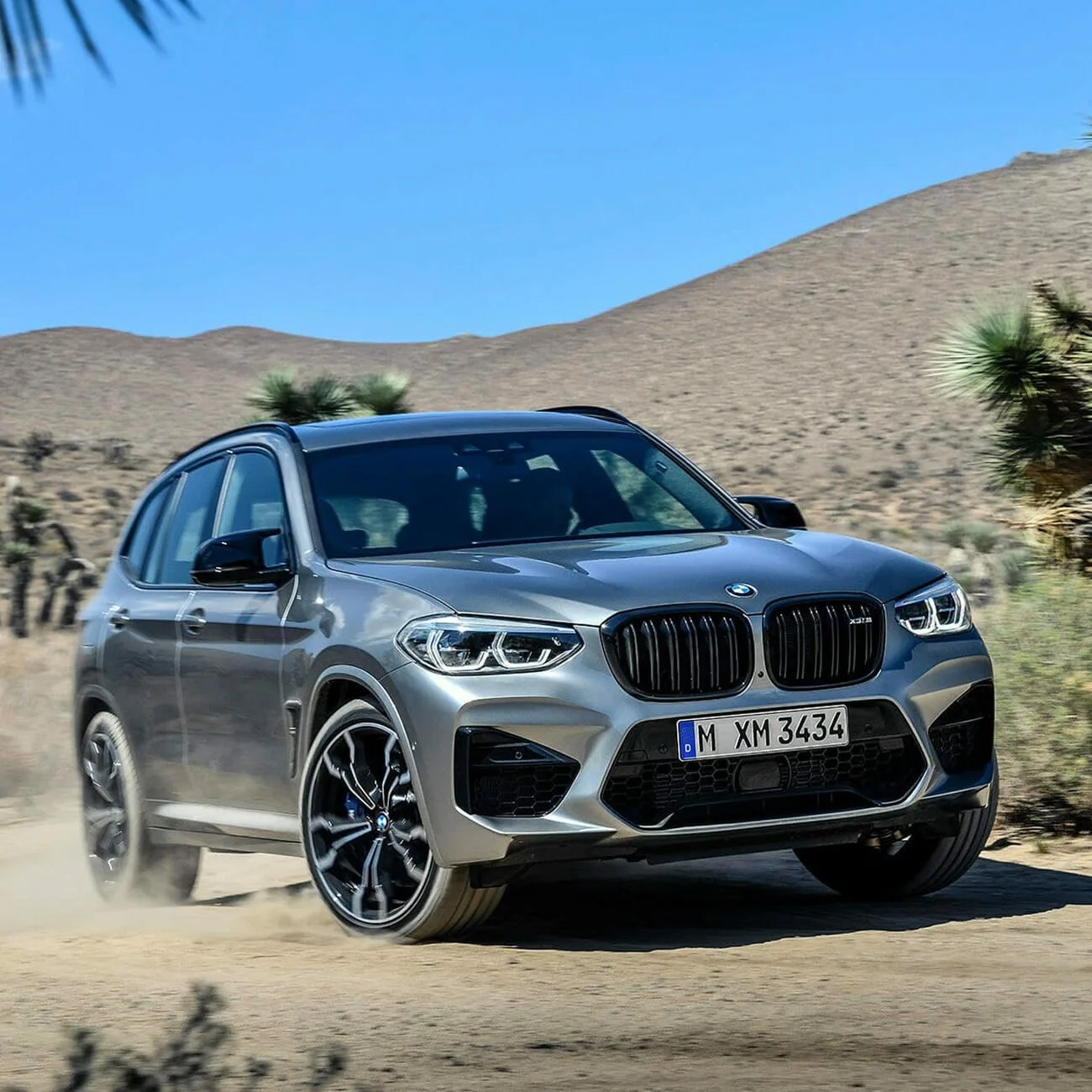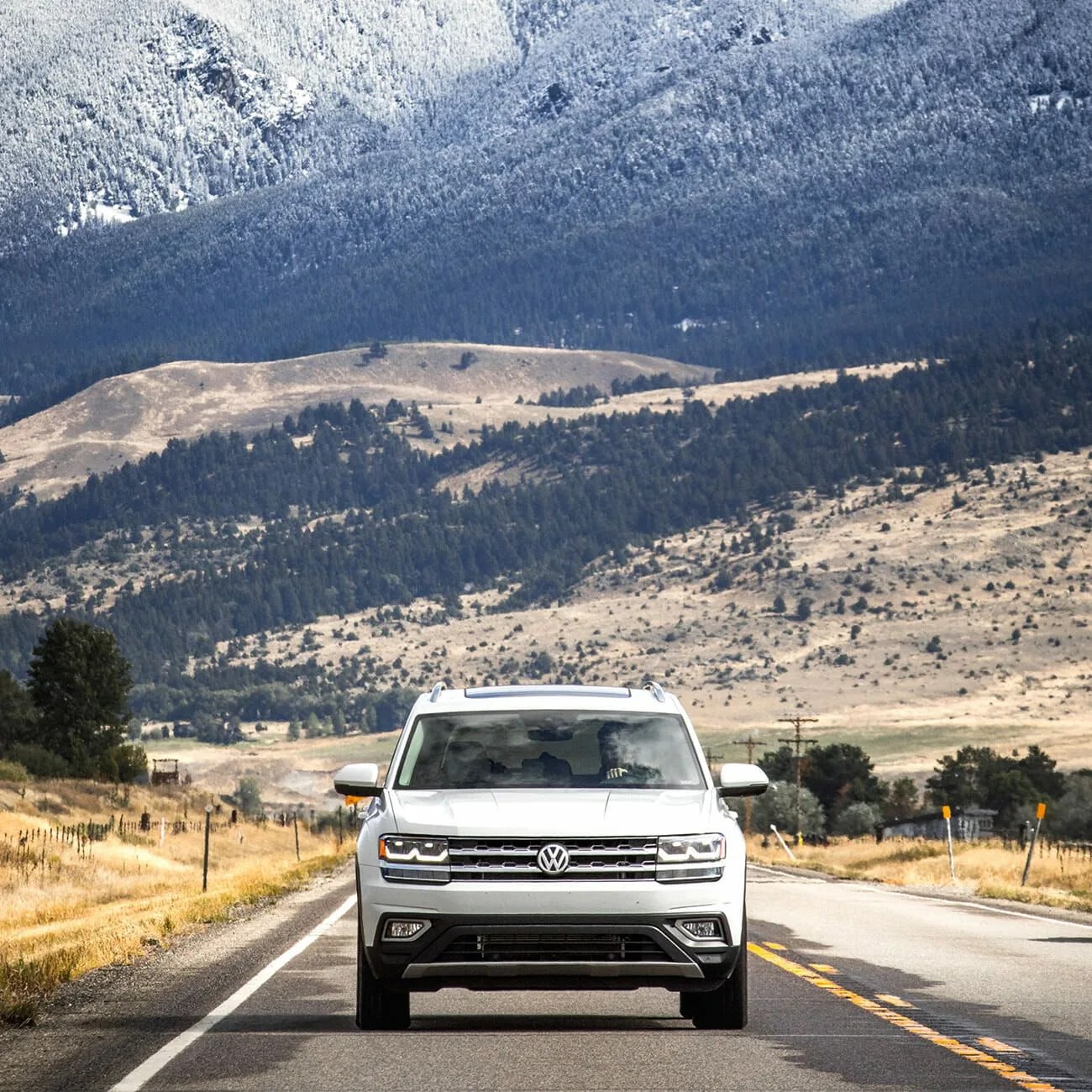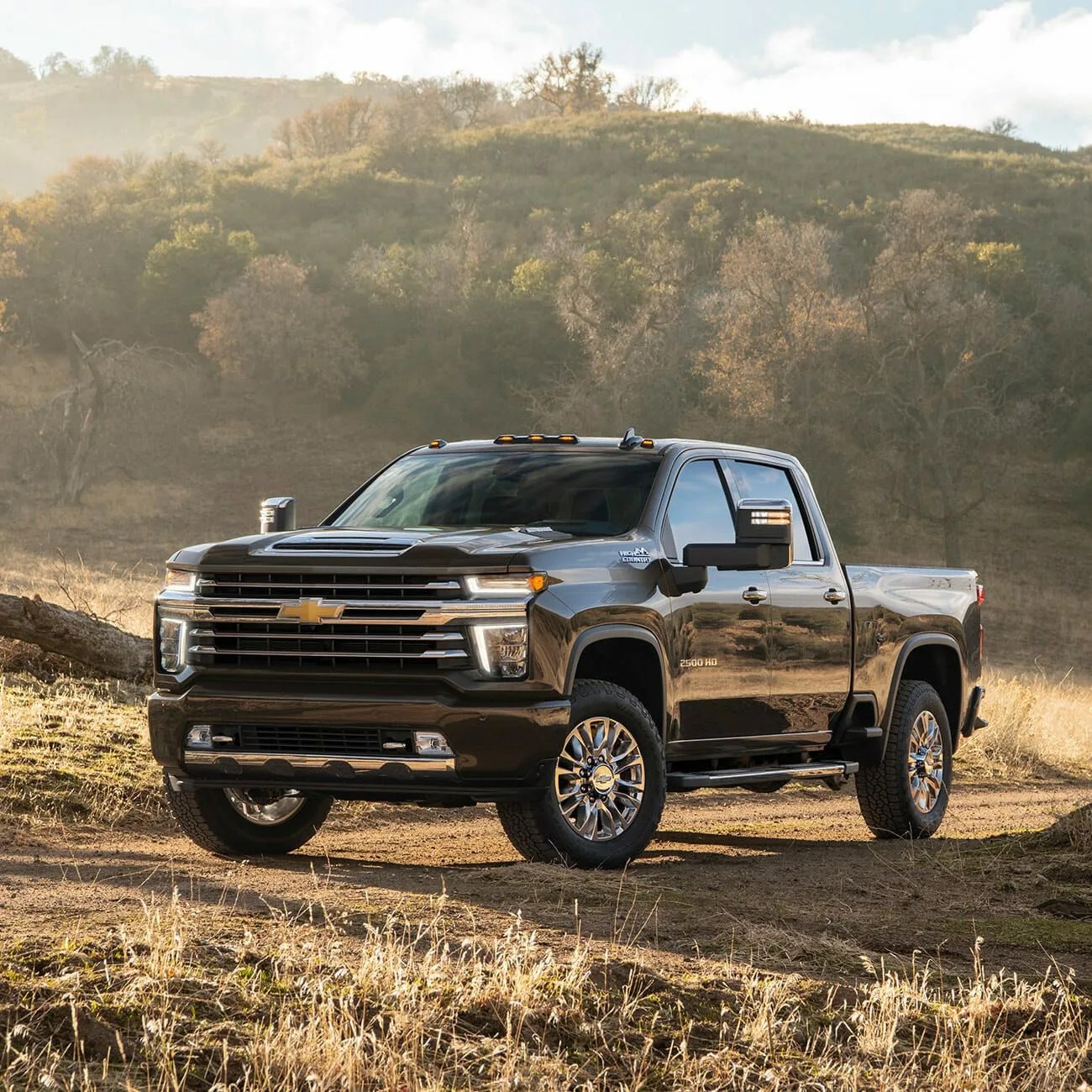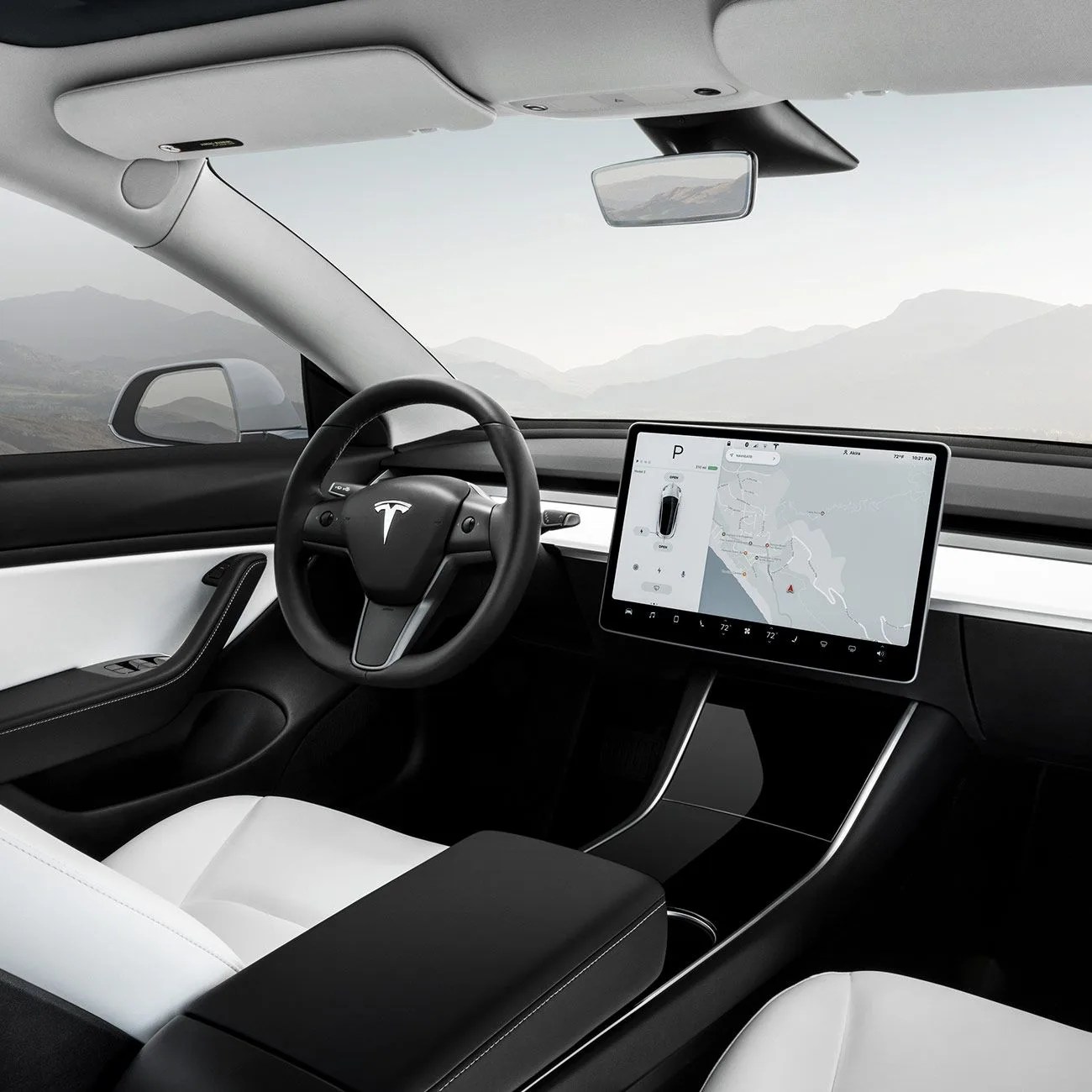When it comes to the automotive world, the words of Bob Dylan seem more relevant than ever: The times, they are a-changin’. Technology is making cars more capable every year. With major transitions afoot in electric powertrains, automation and connectivity, technology is set to redefine our relationship with the automobile. Change — and the prospect of more change to come — are forcing auto manufacturers to react boldly. Many established automotive truisms will cease to be true. Here are five we can already cast aside.
1. A “True” BMW Has Rear-Wheel Drive and a Manual Transmission
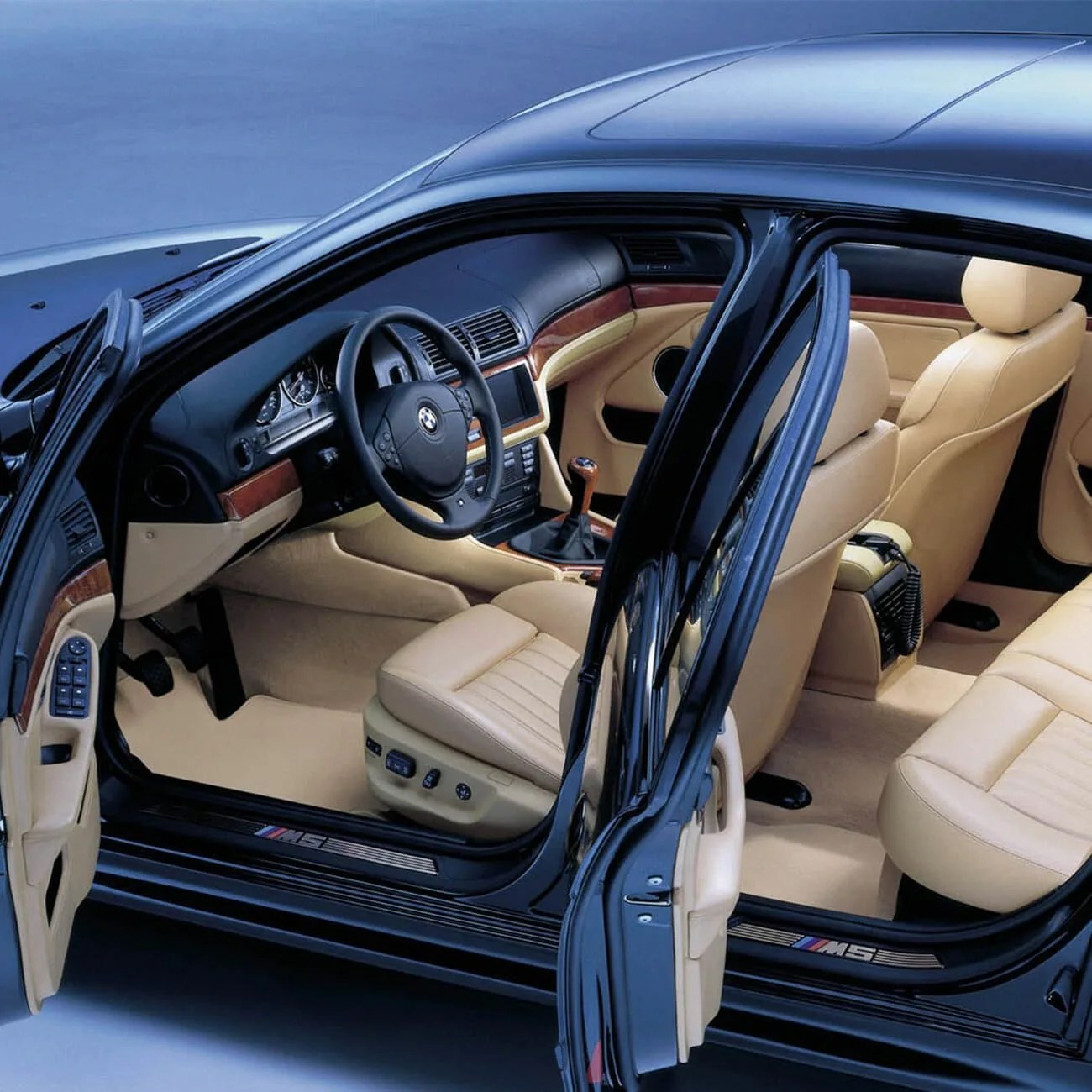
Picture the platonic ideal of a BMW: a powerful, sporty sedan tuned for driving. It has a manual gearbox and rear-wheel drive, with pinpoint-accurate steering. It’s “the ultimate driving machine,” as BMW itself used to say.
Even if you brush aside the “sport activity vehicles” that make up a huge chunk of its sales, that’s no longer BMW’s identity. The redesigned 3 Series has an option for a 10.25-inch touchscreen. but it doesn’t offer a manual transmission. The latest version of the M5 sedan continues to be a missile, but it too ditched the manual transmission (and converted to all-wheel-drive.) The 2020 Alpina B7, the world’s fastest sedan, also has AWD and an automatic. BMW has even been dabbling with front-wheel-drive.
Each move makes sense. These BMWs will perform better. They will be easier to drive. They will be what most luxury buyers want. But ultimate driving pleasure and ultimate performance are not the same, and it seems clear that BMW is placing a greater emphasis on the latter.
